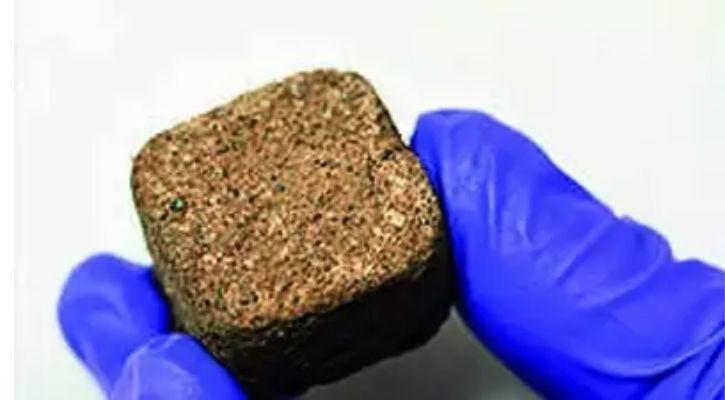
‘Space bricks’ — Indian Institute of Science and ISRO create bricks made of Martian soil for building settlements on Mars
- by acbconcept
There is time for March colonization to become reality. And ELON MUSK and his spacex are busy building heavy and long-term rockets to take us to the red planet, one of the most fundamental problems that would already arrive at our arrival, seems to have been taken care of. The problem of the construction of human settlements and other critical infrastructures.
In a development, which certainly consists in the pages of the history of the conquest of the man of space, the Indian Institute of Science (IISC) has developed a sustainable method that will create solid bricks from the Marial soil, with the help of bacteria and urea. . The Institute developed it in collaboration with the organization of research on Indian Space (ISRO).
In a press release, the IISC stated that these “space bricks” could be used to build structures resembling buildings to facilitate human colonization on our neighboring planet. Of course, it still remains to be seen if these “spatial bricks” relate to the red planet, whose soil is notoriously toxic and whose atmosphere is mainly composed of carbon dioxide and is 100 times thinner than that of the earth.
Nevertheless, the bricks made by the IISC using a Martian soil, bacteria and urea reduced porosity, which was not feasible when other methods were used to consolidate the Martian soil at bricks. The porosity is the volume of pores in a brick and influences the compression resistance, the permeability and the absorption of the brick water. It is expressed as a percentage of the total volume of the brick.”The bacteria breed in the worn spaces, using their own proteins to link the particles together, the decrease in porosity and leading to stronger bricks,” said Alope Kumar, a professor associated with the Department of Mechanical Engineering at The IISP.
Does this ask the question, how do IISC and ISRO hand on the Martian soil in the first place? The answer is that they did not do it. They used a Martian soil simulant, which was bought from Florida. The simulant was mixed with Guar gum (an extracted fiber of the guar bean), urea and nickel chloride, as well as the sports bacteria pasteuriii.This creates a mud, which can then be poured into mussels of all shapes and forms. The credit for the casting of the mud is in Koushik Viswanathan, Assistant Professor at the Department of Mechanical Engineering, IISC. The group had a history of creating bricks, ideally adapted to construction establishments in space. They had previously created similar bricks of lunar soil.
In the coming days, the bacteria convert the urea into calcium carbonate crystals, which (as well as microbial-secreted biopolymers) act as the de facto “cement” that maintains the soil particles together.The scientific journal reviewed by Peer Plos One published a study describing the method of manufacturing spatial bricks.
In the future, the Group intends to know how the Martian atmosphere and low gravity will affect the strength of space bricks. The Martian atmosphere will be simulated using the MARS device (Martian atmosphere simulator).
There is time for March colonization to become reality. And ELON MUSK and his spacex are busy building heavy and long-term rockets to take us to the red planet, one of the most fundamental problems that would already arrive at our arrival, seems to have been taken care of. The problem of the construction of…
